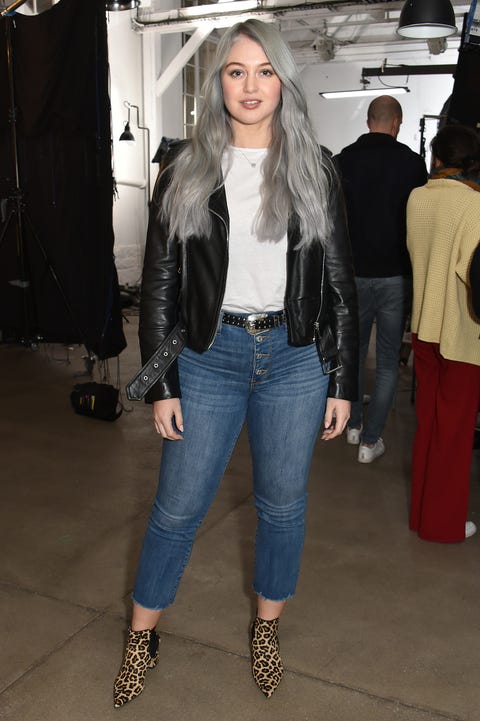What are the different types of available leathers?

Every sort of leather has a specific arrangement of uses, appearance, and characteristics. Scope of variables impacts the nature of leather delivered from a particular creature. A portion of these is to do with the circumstances and situations where the creature resided: diet, sustenance, and environment or openness to illness, for instance. Different variables influence the nature of Sedgwick leather to become possibly the most important factor once the creature has been butchered, like the synthetic tanning compounds and the stains and colors used, just like the handling and shipping methods.
A tanned leather can be thick up to ten millimeters, yet the complete thickness of a hide is not used often, except for belts. The highest surface of the cover-up is the side where the hair has been eliminated. The inward layer is the place where the cover-up is initially associated with the tissue.
Full Grain Leather is the top layer of the cover-up. It is treated with aniline colors which are dissolvable and don’t veil the shroud’s normal surface. Now and then, a semi-aniline color is utilized, which will give the leather a slim defensive top cover and forestall staining. The upward filaments of this piece of leather make it the most grounded and most sturdy piece of the cover-up; it won’t break or strip, tear or cut. The grain design is tight and, therefore, resistant to dampness. Part of the excellence of Full Grain leather is its remarkable appearance: each piece recounts the manufacturer’s account. All markings and inconsistencies are saved: scars where the creature has brushed against a spiked metal perimeter or desert plant, bug nibbles, even brand checks or wrinkles. As an individual who has claimed Full Grain Leather will know, it turns out to be more lovely with age, fostering a rich patina as …



